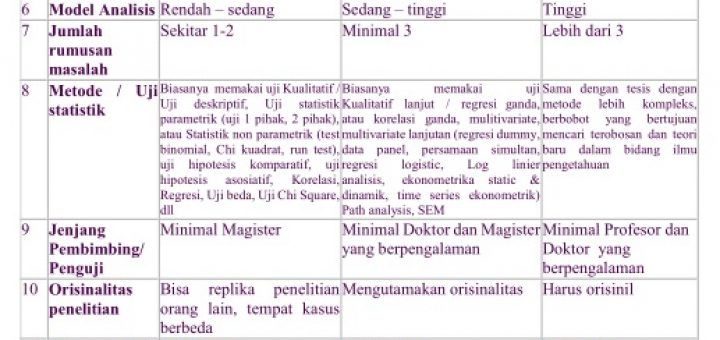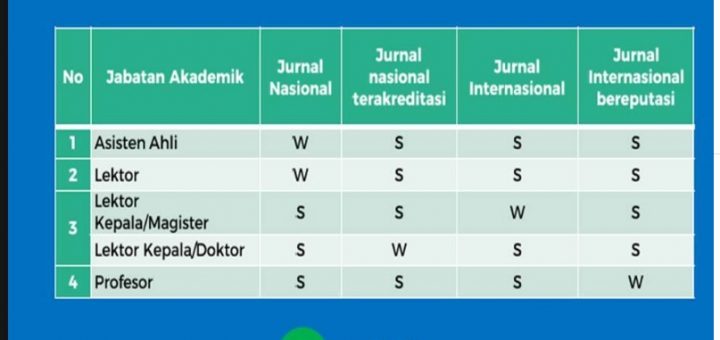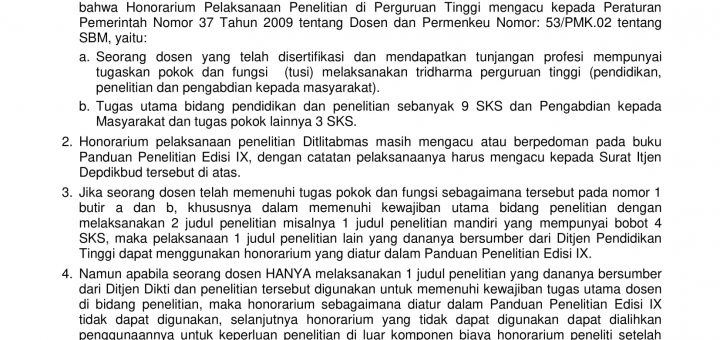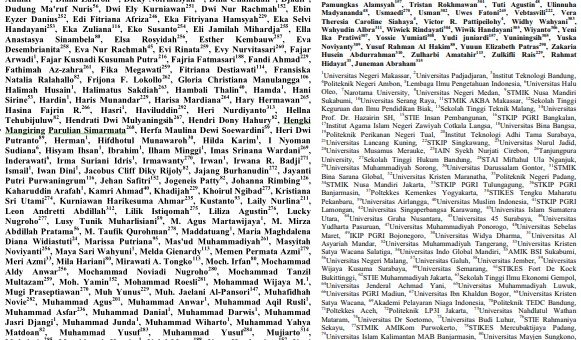Perbedaan Skripsi, Tesis dan Disertasi
Skripsi dijadikan syarat kelulusan di program S-1 dengan maksud memberikan kesempatan kepada mahasiswa untuk menunjukkan bahwa dia dapat menerapkan langkah-langkah pendekatan ilmiah untuk memperoleh pengetahuan dan melaporkannya secara tertulis. Biasanya, dalam skripsi tidak dituntut...





